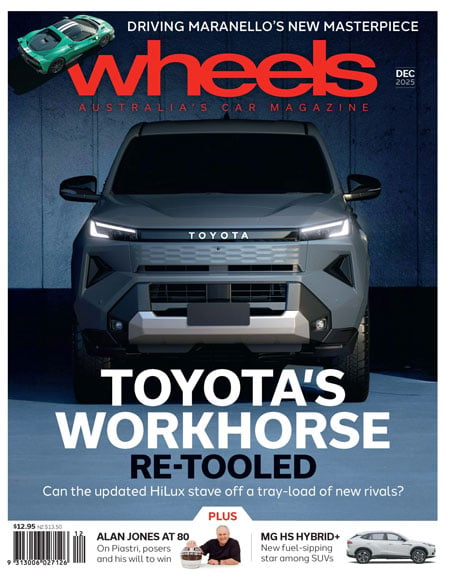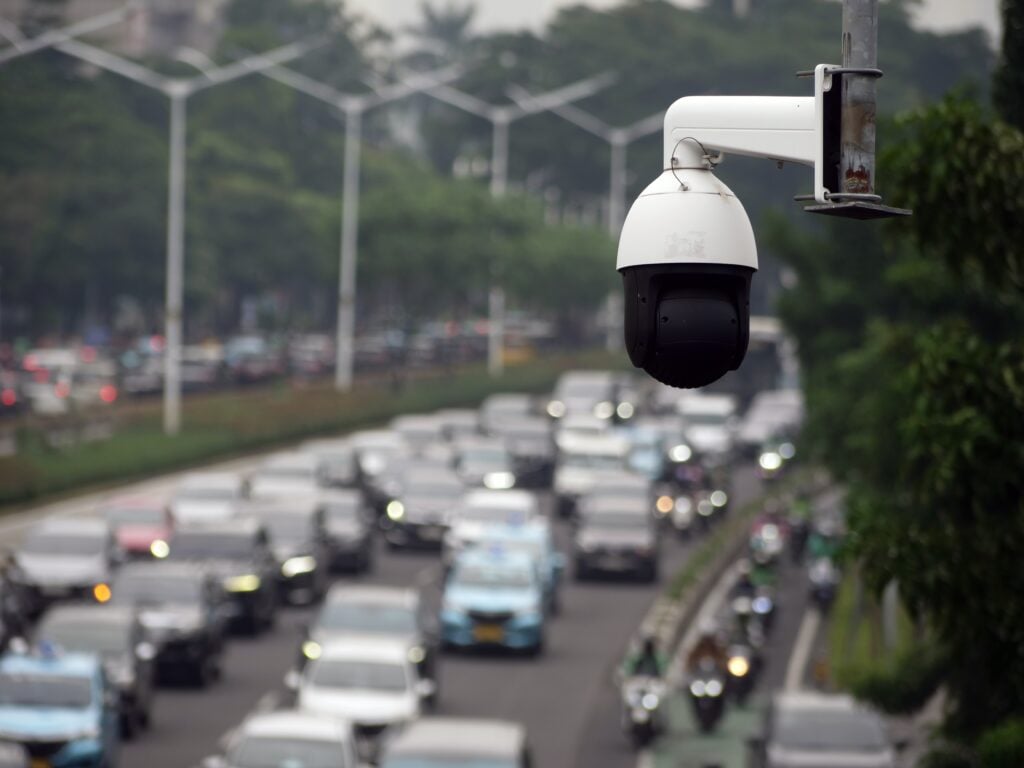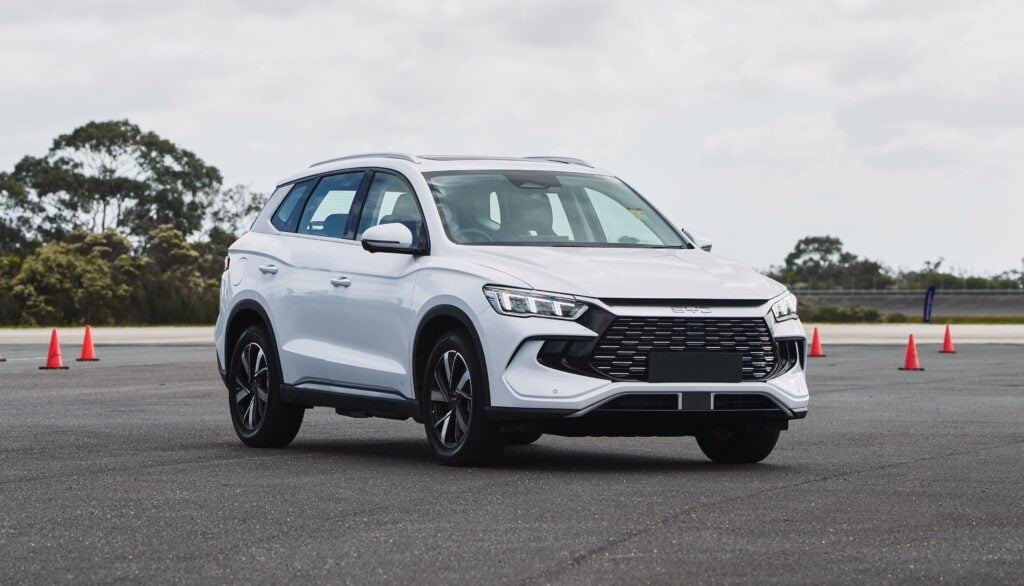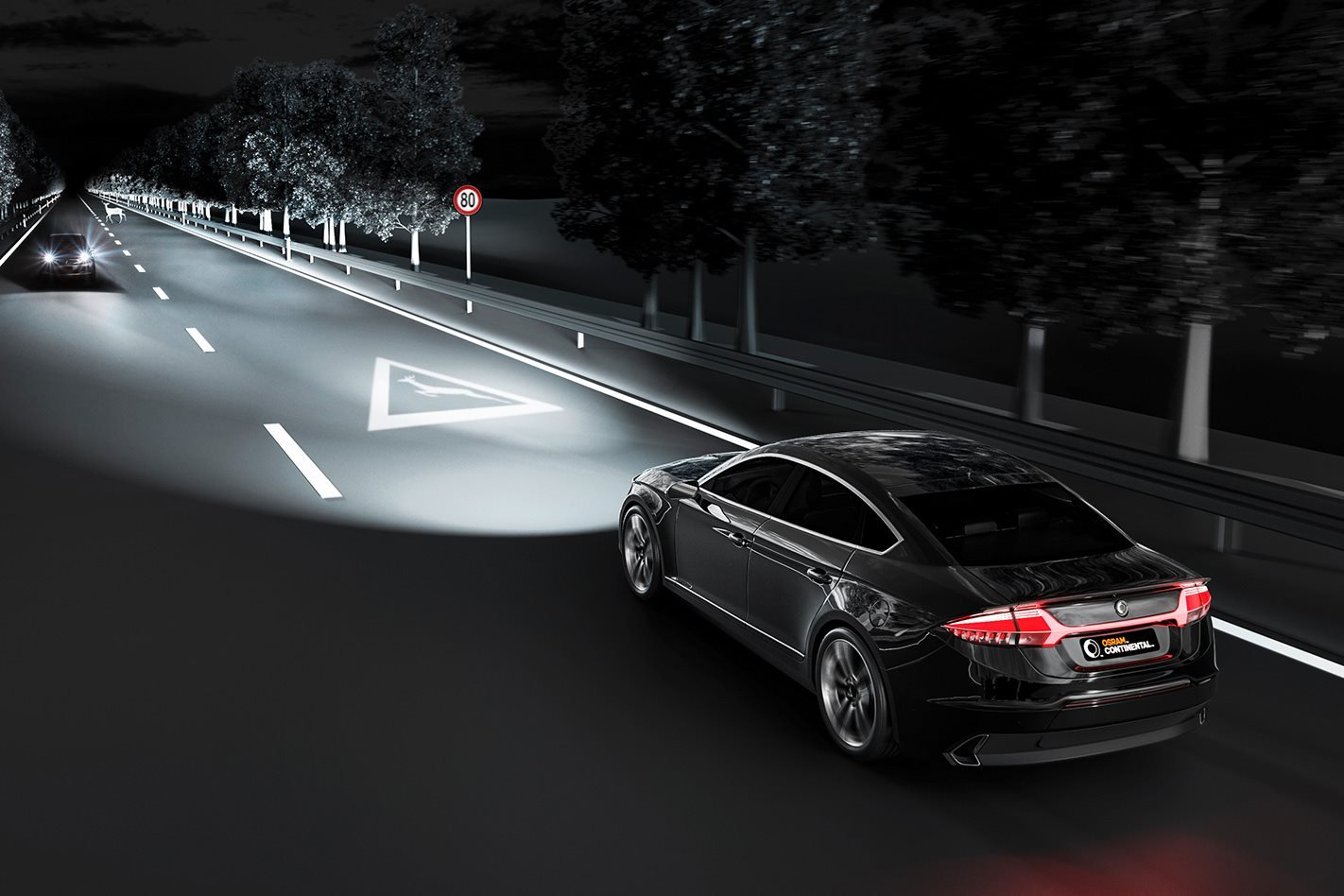
German tech giants Continental and Osram have revealed the first fruits of their lighting joint venture, a high-resolution all-LED array that has more in common with a projector than a mere headlamp, and one that promises to vastly improve safety when driving at night.
Lighting technology has evolved rapidly in the past 20 years. First it was the arrival of xenon high-intensity globes in premium cars during the 1990s, followed about a decade and a half later with the advent of energy-efficient light-emitting diodes or LEDs.
LEDs have since established themselves as the leading headlight technology, and the cost associated with simple versions has dropped to the point where they can be found as standard equipment on a mid-spec Honda Jazz. Continental and Osram’s “Smart Digital HD Headlamp”, however, is far more sophisticated.
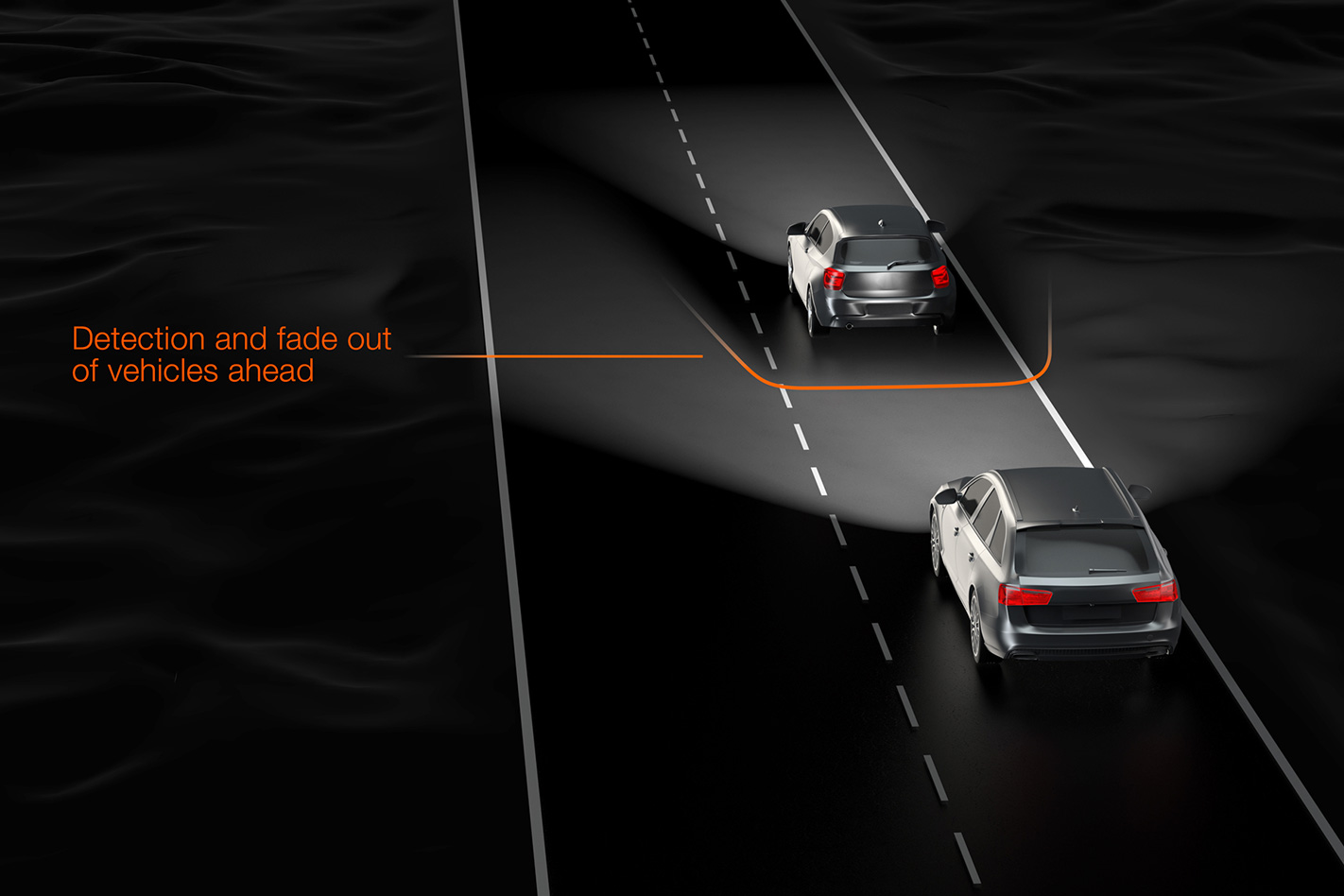
Instead of using one LED per unit, the HD headlamp arranges eight LED arrays (four per side) made up of 1024 tiny LEDs apiece. With all of the LEDs energised, a wide rectangle of light is projected, covering a much wider area than a conventional headlamp’s high and low beam.
But the innovation doesn’t require the full array to operate for full effect. Rather, with a 32-by-256 grid of individual LEDs, the system can shape the pattern of light projected in front of the vehicle on the fly to ensure maximum illumination, while also blacking out (or at least dimming) areas where there might be other drivers or pedestrians to avoid dazzling them.
It’s a similar concept used by Audi, Volkswagen and BMW with their higher-end headlights, but the main difference is the sheer number of LEDs used: while a Volkswagen Touareg uses 160 LEDs, the Continental/Osram system has a whopping 8192.
It’s the difference between your grandma’s CRT television and a state of the art 4K LED widescreen.
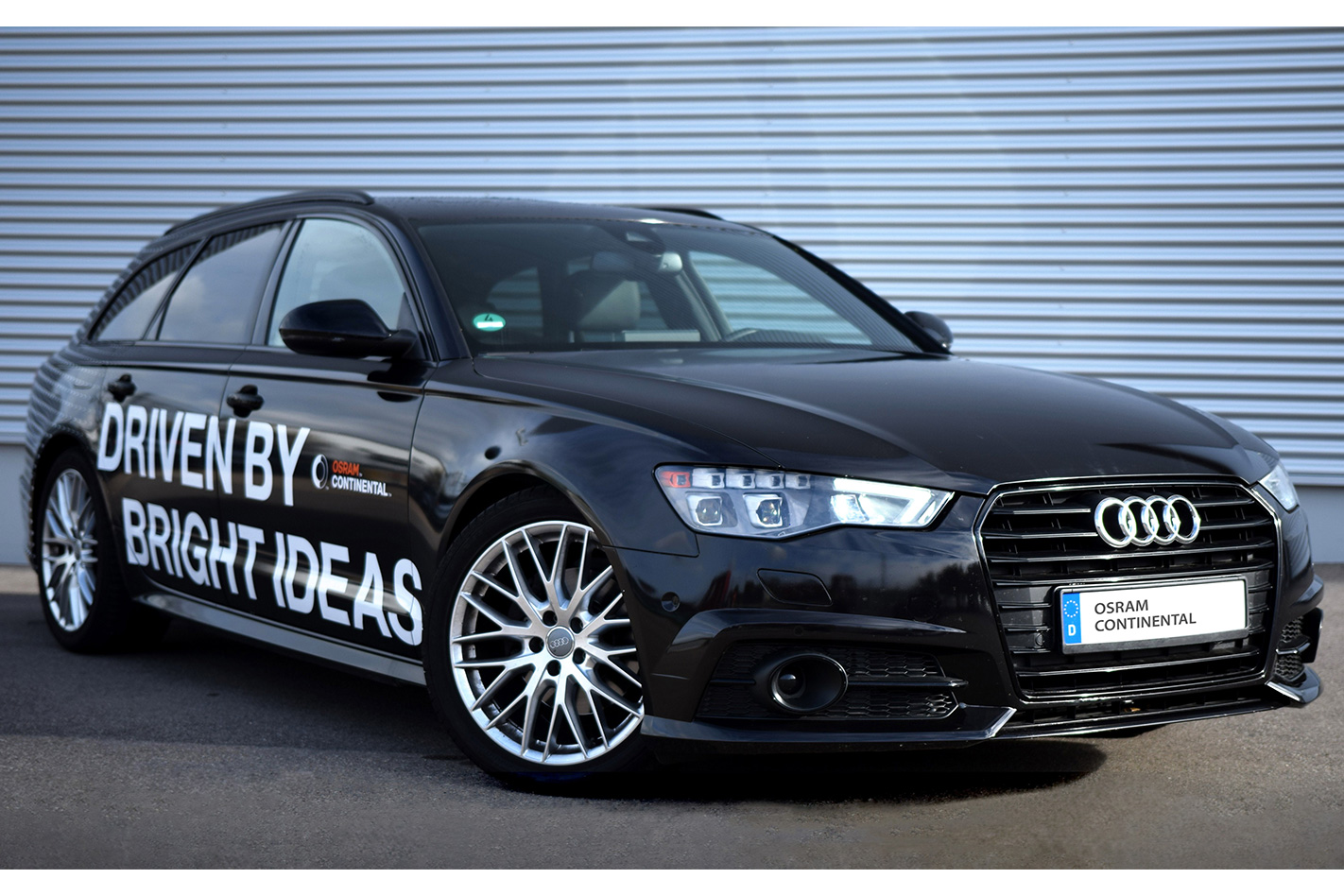
With such a high resolution and the ability to finely control the light output of individual LEDs, Continental and Osram’s cutting-edge headlamp – which was demonstrated to us in prototype form at the Continental Tech Show – can actually project animated graphics or messages ahead of the car.
Its maker says many manufacturers are interested in using the technology for future production models although it’s unclear whether adopters will utilise the full ability to project messages on to the road. One possibility would be displaying sharp images such as a turn arrow actually on the junction when using the navigation.
If that sounds similar to what Mercedes-Benz has been doing with its Digital Light technology, you’d be somewhat correct, however while Benz’s system is capable of far higher resolutions (and thus silky-smooth animated graphics), its complex hardware resembles a high-res office projector and can’t throw as much light as the system developed by Continental and Osram.
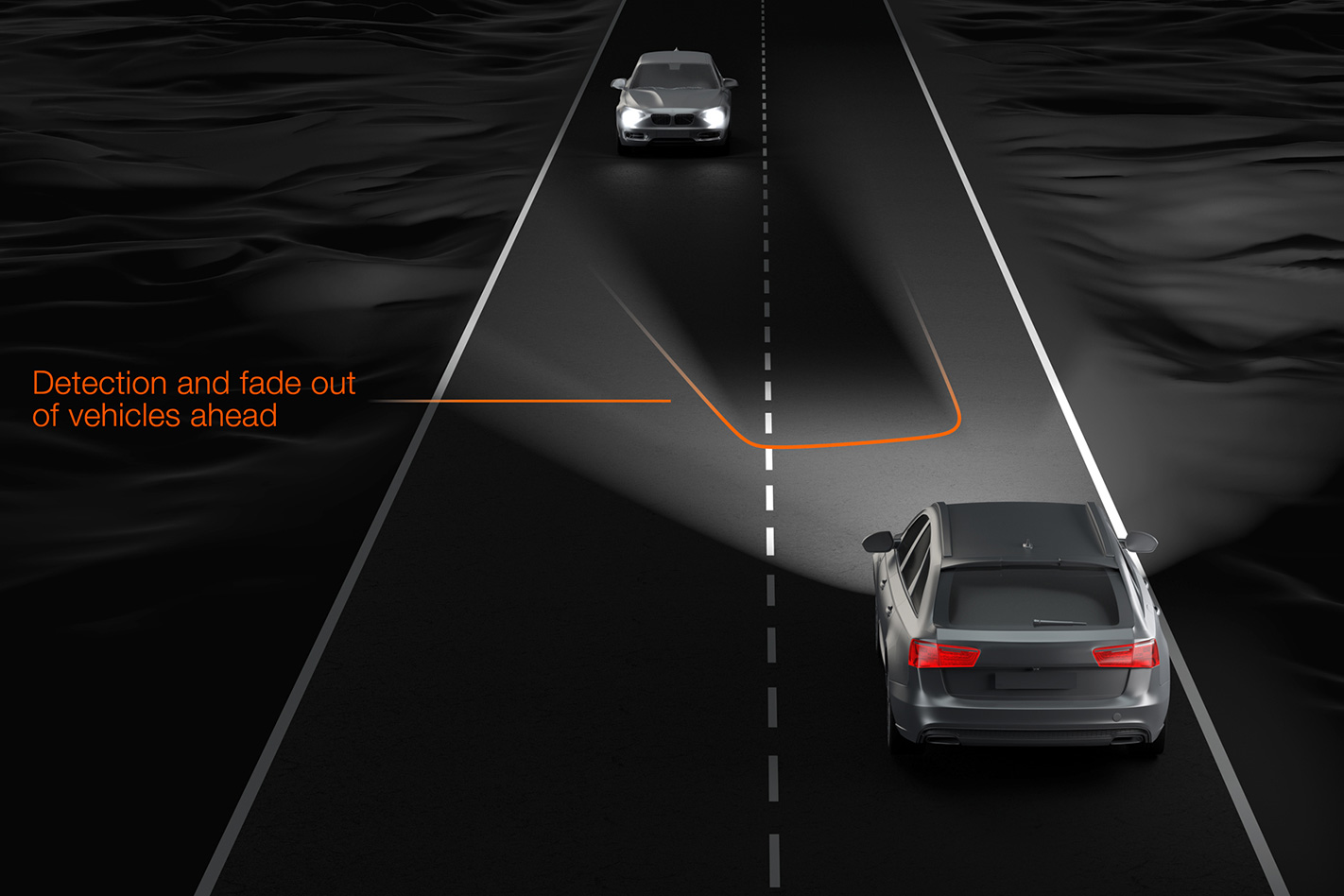
Neither company would talk about specific costs, but we’d guess that the simplicity of Continental and Osram’s system makes it easier and cheaper to integrate than Benz’s offering.
Need to see even further? A laser high beam augments the system, and lights up the road out to 600 metres. What’s more, the system is remarkably energy efficient, with the individual LED arrays (measuring just 4mm square) consuming a similar amount of energy compared with conventional LEDs of the same size. Despite their size, each array is capable of sending out up to 4000 lumens of power.
When will we see it? That’s down to the manufacturers who are looking to adopt it. That said, Continental and Osram are already working on a second generation with a whopping 25,000 pixel resolution per array, and the even more versatile system will be ready for the production line in around two years.
